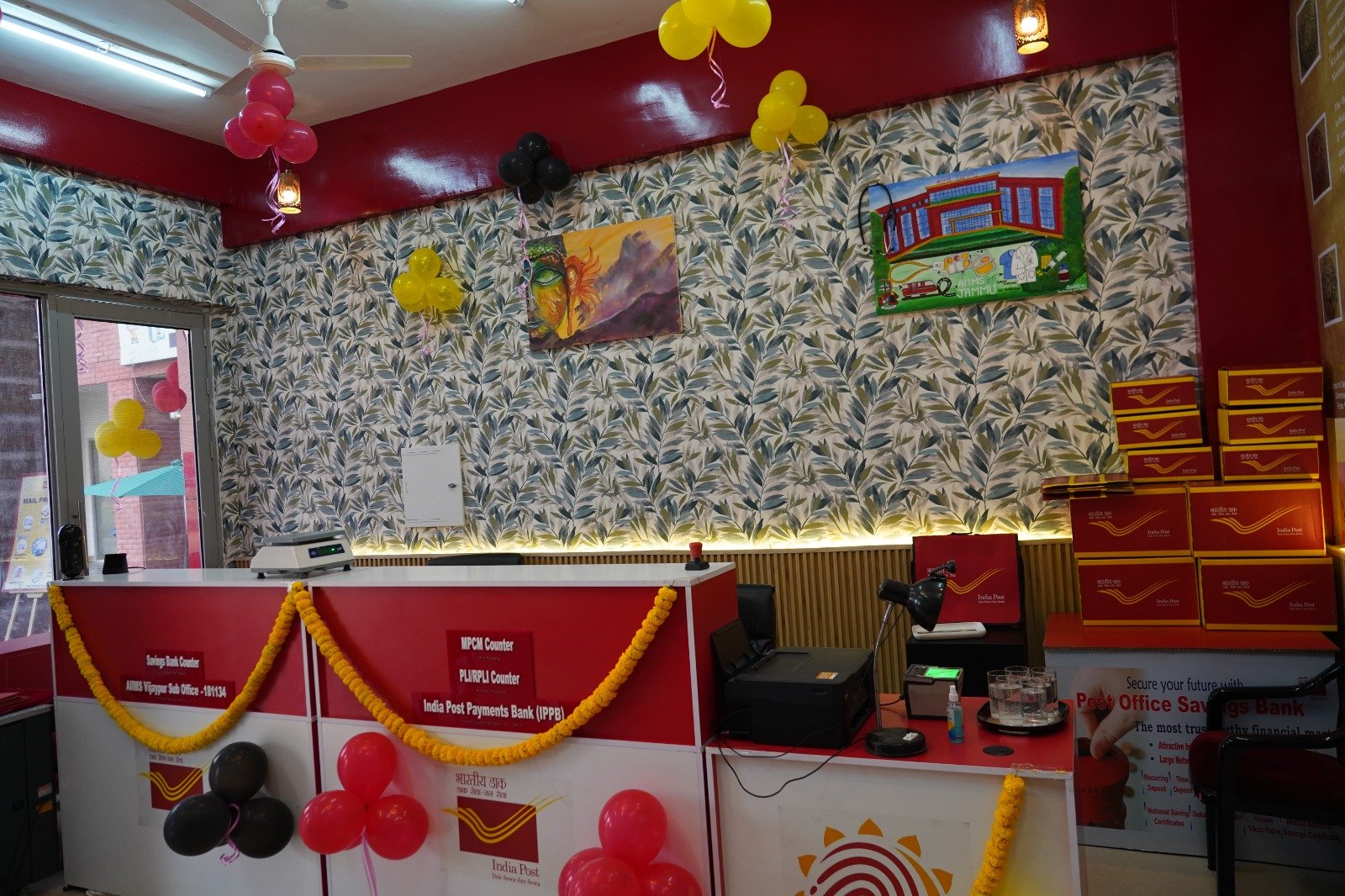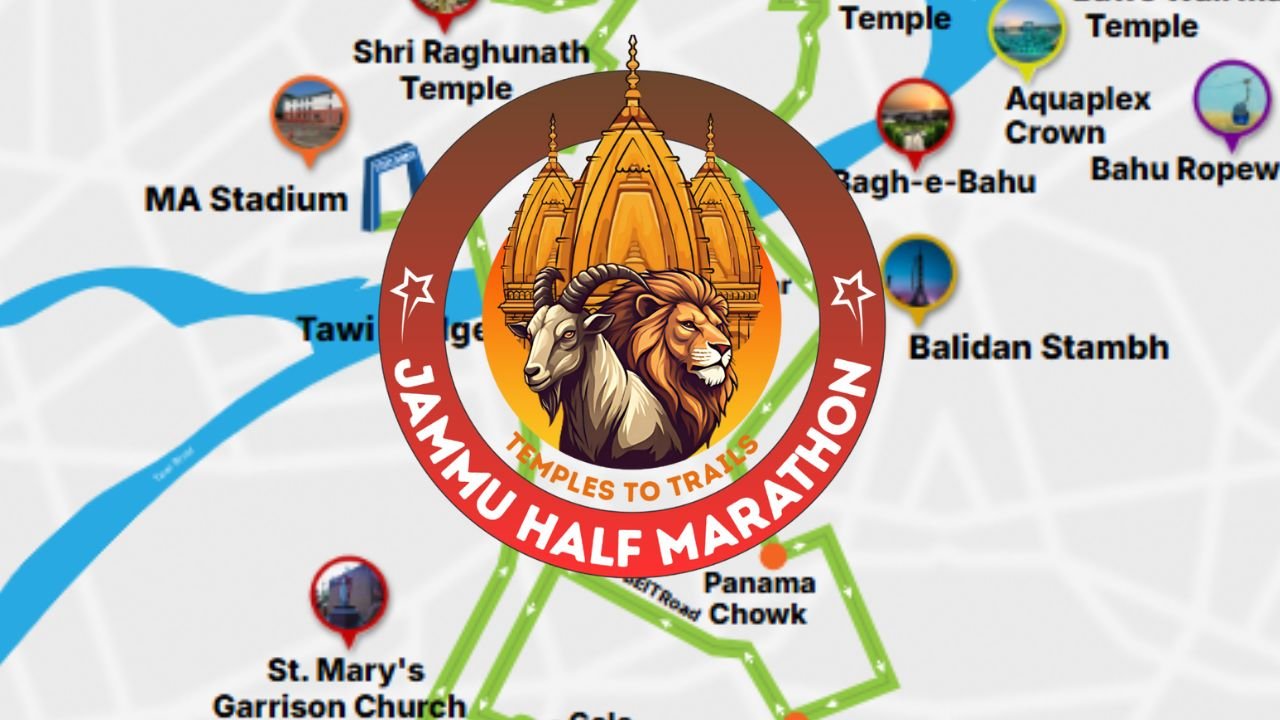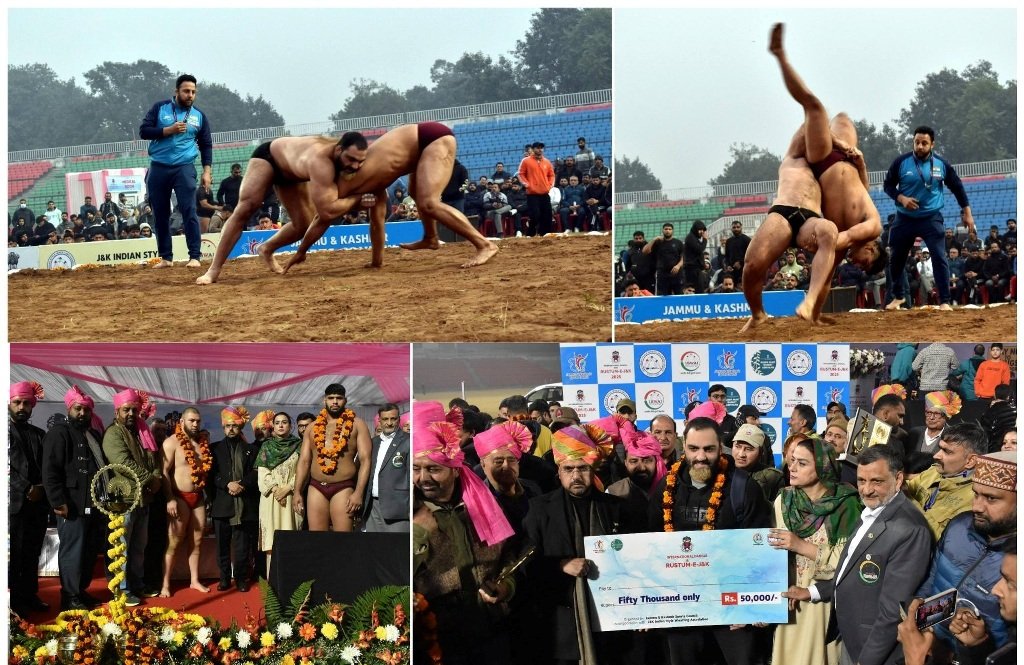Recently, a two-week workshop for skill enhancement of calico printing, commonly known as Samba prints of Jammu was started. The workshop was organised by the Indian National Trust for Art and Cultural Heritage-Jammu chapter.
What is this calico printing? What significance does it have for the region? Let’s find out more:
Calico Painting is the popular block printing technique of Jammu and Kashmir. It is done on hand woven cotton cloth using wooden blocks and vegetable color. The printed clothes are used as cool, comfortable, floor or bed coverings.
Samba, located about 40 km from Jammu, is a famous centre of Calico Painting.
Now it would occur to many as why Samba is popularly called as Chhintawala Shehar (city of printing). In olden ages, Samba was famous for its calico printing, mostly on handwoven cotton sheets,
Indigenous dyes used in Calico printing were Majith (Indian Red), Navtati (red), Haldi (Yellow) and Neel (Blue). Special Sonahri (golden) and Rupehri (silver) printing was also done at Samba by expert hands stepped in long years ago using real silver and gold leaves.
In hand-block printing, the design is first drawn on wood using a sharp needle and then the desired design is carved using the chisel, hammer, file, nails etc. The printing involves laying the cloth/fabric, which is to be printed, on flat tables and impressions are made using the beautifully carved blocks. In case of direct printing, the block is dipped in the coloured dye and impressions are made. Traditionally natural and vegetable sources were used for dyes. But with the advent of synthetic dyes, things have changed, not necessarily for good. However the ease of usage and the availability of synthetic dyes have replaced the vegetable dye in many cases.
It is said that Maharaja Ranjit Singh wanted to start a textile printing industry in Amritsar, then the capital of Sikh Kingdom. When he approached some of master printers of Samba to shift to Amristar they were reluctant: one of the reasons (or perhaps excuse) they advanced was that if they were to move to Amritsar the pond called Bann, in their town, should also be taken to Amritsar as fastness of the colors of Samba prints, they held was due to the quality of water. Craftsmen have generally been stay-at-home people and thus managed to remain in Samba and carry on the industry.
Read also: 6 Museums in Jammu You Probably Didn’t Know About
Let us hope that authorities take serious efforts to promote this dying heritage of Jammu. BUT, this won’t be possible without efforts from our side and a desire to present our crafts on national and international platforms.















